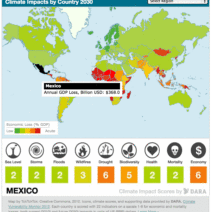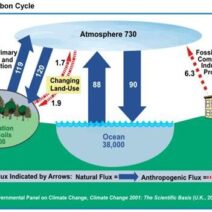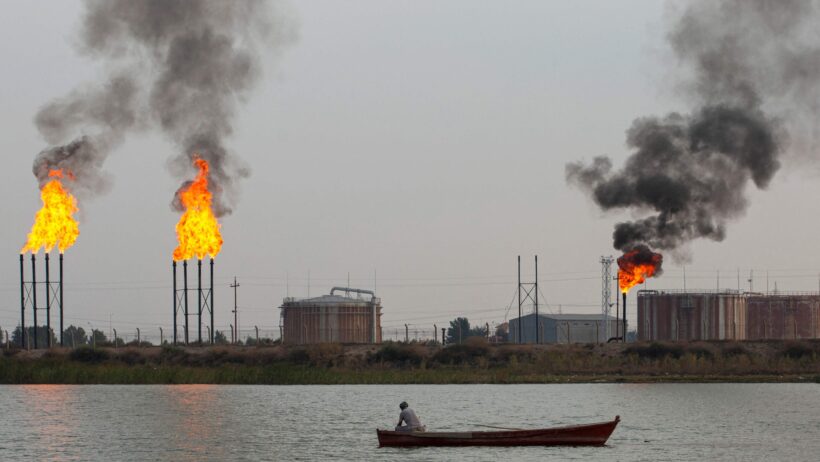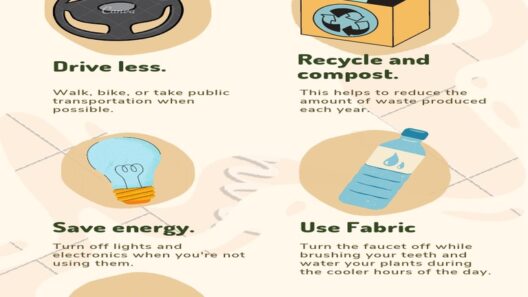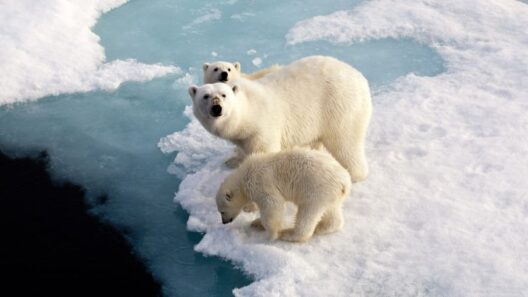Imagine for a moment that our planet is akin to a finely tuned instrument. Each degree of temperature increase is akin to a note slightly out of tune, gradually leading to a cacophony that could shatter the delicate balance of Earth’s ecosystems. But have you ever considered how just one degree can alter the world as we know it? Climate change is a slow burn, insidiously reshaping our environments, economies, and even social structures. The consequences of a warming planet are multifaceted and are felt across global landscapes.
The reality of climate change becomes markedly visible when we consider historical contexts. The past century has seen an increase in global temperatures by about 1.2 degrees Celsius since the late 19th century. While that may sound negligible, this incremental rise has precipitated profound changes. It has led to increased frequency of extreme weather events like hurricanes, droughts, and floods—natural disasters whose intensity and duration are exacerbated by higher temperatures. The challenge inherent in this phenomenon is not merely the lofty numbers we see but their tangible effects on daily life.
Take, for instance, the polar regions. The polar ice caps, once a majestic bastion of ice, are now a shadow of their former selves. With temperatures rising at nearly double the global average, Arctic and Antarctic ice sheets are melting at alarming rates. This is not a trivial issue; the consequences extend far beyond scenic beauty. The loss of ice contributes to rising sea levels, threatening coastal communities and ecosystems worldwide. Imagine standing on a beach today, only to find it a mere echo of its former self tomorrow, with water encroaching further inland. What if the shores you grew up visiting disappear entirely?
Perhaps most unsettling is the impact of climate change on biodiversity. With ecosystems struggling to adapt to shifting climates, many species face extinction. The polar bears of the Arctic rely on sea ice for hunting seals, their primary food source, and as that sea ice vanishes, their survival hangs in the balance. Coral reefs, often termed the “rainforests of the sea,” are immense biodiversity reservoirs, yet they face widespread bleaching due to rising sea temperatures. This phenomenon serves as a harbinger for many marine species that depend on these ecosystems for survival. As species vanish, the intricate web of life begins to fray, affecting humans who depend on these species for food, resources, and ecological balance.
While the biological repercussions are staggering, the socio-economic implications are equally grave. Agriculture, a cornerstone of many economies, is under siege from climate change. As weather patterns shift, so do the growing seasons for crops. Unpredictable rainfall and prolonged droughts disrupt traditional farming practices, leading to food scarcity and increased prices. For communities dependent on agriculture, this poses dire threats to food security and economic stability. One might wonder, how resilient is your community in the face of such impending challenges related to food shortages?
To understand climate change’s grip on society, consider the plight of vulnerable communities. People in regions with fewer resources—those who are least responsible for greenhouse gas emissions—often bear the brunt of climate impacts. Displacement due to extreme weather leads to “climate refugees,” individuals forced to migrate in search of safety and stability. This phenomenon sets the stage for socio-political tensions, as competition for dwindling resources intensifies. Have you pondered the moral implications of climate injustice? Whose responsibility is it to support those who suffer the most?
As the momentum of climate change accelerates, various sectors are stepping up to tackle the challenge. Governments worldwide are setting ambitious targets for reducing carbon emissions, investing in renewable energy, and transitioning to sustainable practices. While progress is being made, such initiatives must be amplified to curtail climate change effectively. Public awareness and grassroots movements have proven vital—each action building towards a collective impact. Individual choices, be it reducing energy consumption, promoting sustainable practices, or lobbying for environmental policies, carry weight. No effort is too insignificant on this journey toward restoration.
Education and advocacy play pivotal roles in addressing climate change. By cultivating understanding among individuals regarding their impact on the environment, we can empower a generation to enact change. Schools, communities, and organizations can foster dialogue and initiatives around climate literacy, equipping people with tools to mitigate their carbon footprints. But one has to ask—what legacy do we want to leave for future generations? The time to act is now.
Ultimately, climate change isn’t a distant, abstract concept; it is a present reality reshaping our world one degree at a time. From melting glaciers to wildlife extinction, from erratic agricultural yields to societal discord, the fabric of life on Earth is undergoing transformation. The challenge lies in navigating this morass, fostering resilience and adaptation while striving to reverse the course set by decades of industrialization and environmental neglect. By mobilizing our collective efforts, embracing innovative technologies, and championing sustainable practices, we can aspire to restore equilibrium to our planet. To paraphrase a well-known phrase, the Earth is our only home—let’s resolve to protect it, degree by neglected degree.
